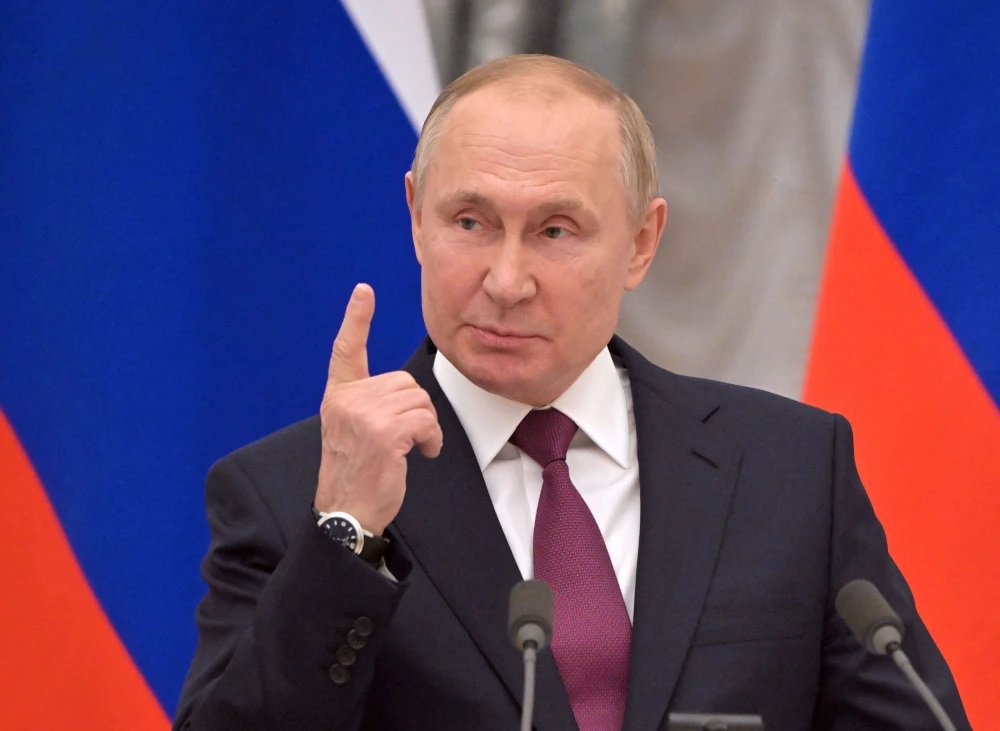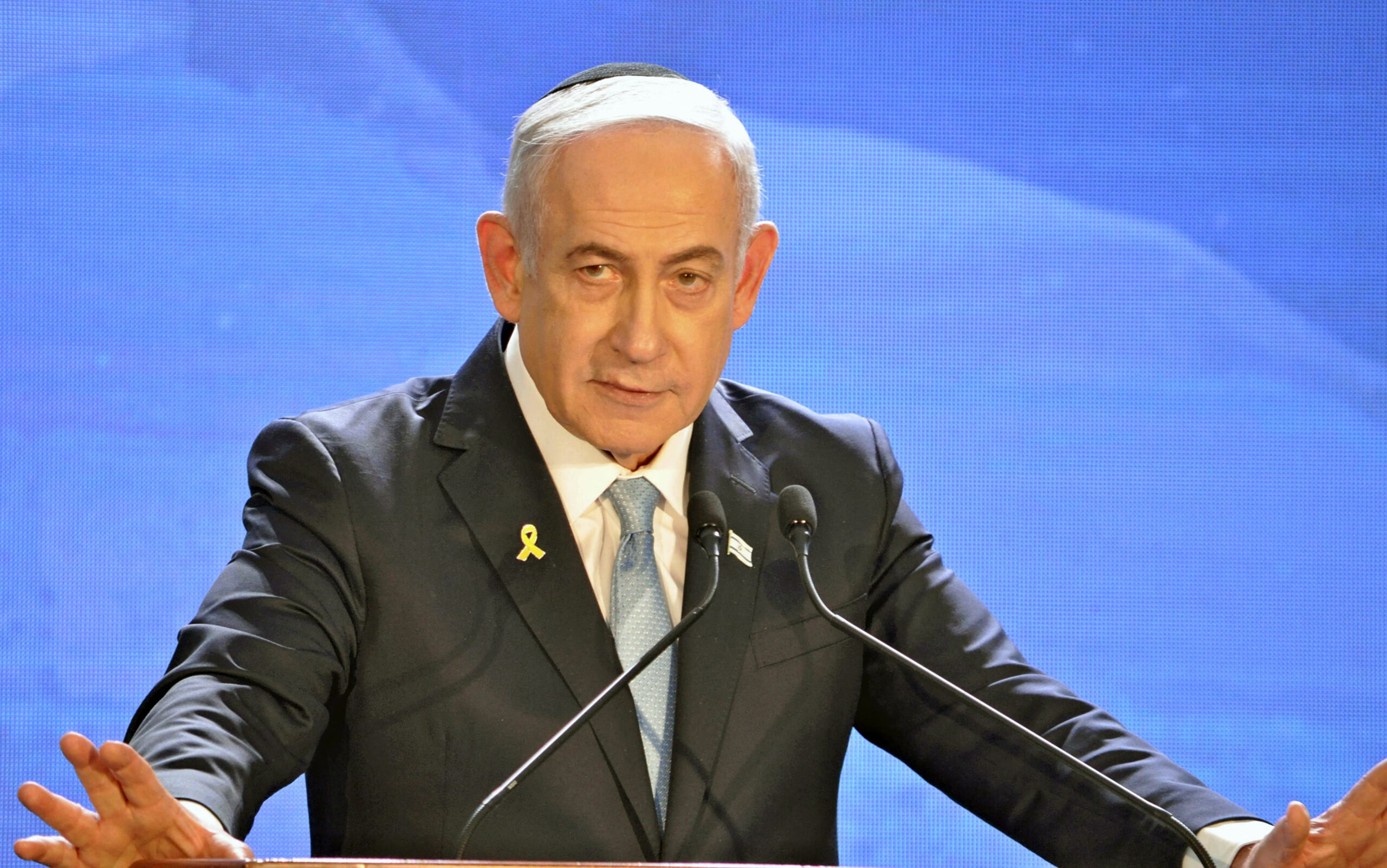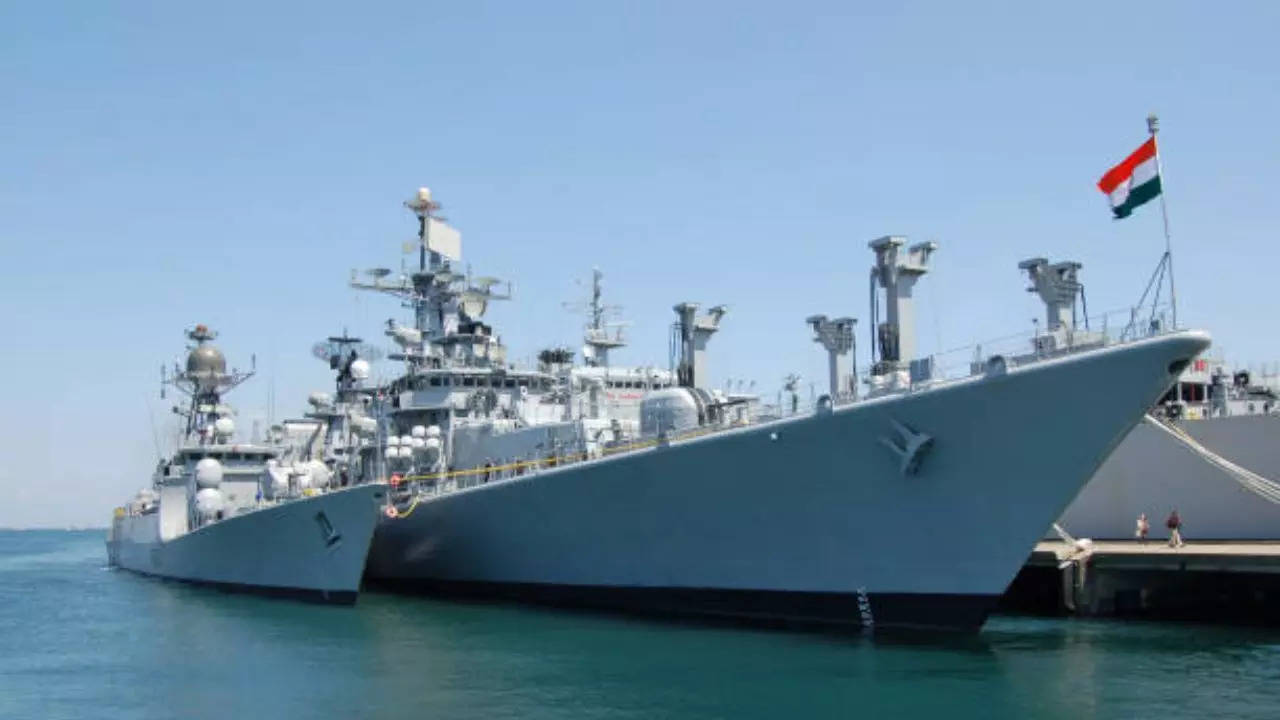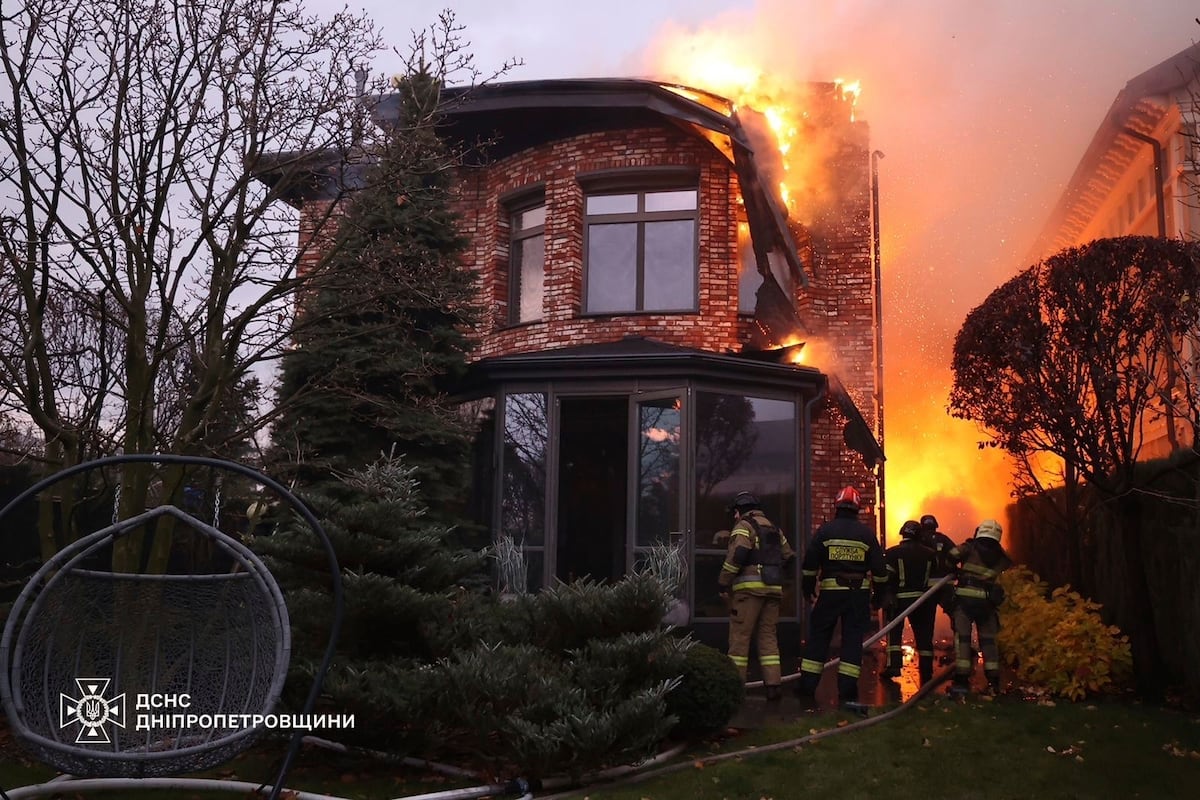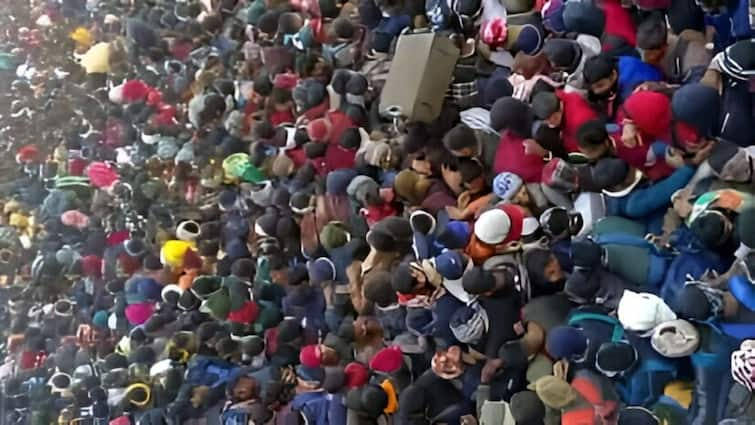Saudi Military Chief Visits Tehran for High-Level Talks on Defence Cooperation
In an important development for regional diplomacy, Saudi Arabia's top military official, Fayyad al-Ruwaili, arrived in Tehran on November 10,…
Putin Announces Successful Test of New Hypersonic Ballistic Missile ‘Oreshnik’ in Strike on Ukraine
In a significant escalation of military developments, Russian President Vladimir Putin announced that the country successfully tested a new mid-range…
Netanyahu Defies ICC Arrest Warrant Over Gaza War Conduct, Calls It ‘Dark Day’ for Nations
In a defiant response to the International Criminal Court (ICC) issuing an arrest warrant against him, Prime Minister Benjamin Netanyahu…
Indian Fishing Vessel Collides with Navy Unit Near Goa; Search Underway for Missing Crew Members
An Indian fishing vessel identified as Marthoma collided with an Indian Navy unit in a serious incident off the coast…
Putin Fires New Intermediate-Range Ballistic Missile at Ukraine Amid Escalating Tensions
In a significant escalation of hostilities, the Kremlin launched a new intermediate-range ballistic missile at Ukraine, a direct response to…
Chaos Erupts in Pithoragarh as Thousands Turn Up for Territorial Army Recruitment Drive
A recruitment drive for the Territorial Army in Pithoragarh, Uttarakhand, has transformed into a scene of chaos as thousands of…


